Vancouver, Canada: Interesting Facts,History, Things to do,Why to Visit
Post ByAdequate Travel
Vancouver, Canada is a beautiful and fascinating city with lots to see and do. This British Columbia gem boasts a diverse geography, as it is close to the beautiful Pacific coast, majestic mountains, and a booming downtown area. Vancouver is home to a unique history with a strong First Nations heritage, and is rich in art, food, and outdoor activities. Visitors can explore the vibrant city streets and neighborhoods, get in touch with nature, try local cuisines, and experience a culture quite unlike any other. Whether you're looking for history, culture, adventure, or food, Vancouver, Canada has something for everyone.
Canada is a country located in North America. It is the second-largest country in the world by land area, covering approximately 9.98 million square kilometers. Canada has a population of around 38 million people, with a diverse cultural makeup and two official languages, English and French. The country has a strong economy and is known for its high standard of living and quality healthcare and education systems. Canada is a parliamentary democracy and constitutional monarchy, with the British monarch as the ceremonial head of state. It is renowned for its picturesque landscapes, including the Rocky Mountains, Niagara Falls, and vast national parks. Canada is also known for its multiculturalism, welcoming immigrants from all over the world and promoting diversity and inclusivity.Explore the popular places in canada, and immerse yourself in its vibrant culture.
Interesting facts
Geography
Canada is the second largest country in the world by land area. It spans six time zones and covers approximately 9.98 million square kilometers. This immense size provides Canada with diverse landscapes, including vast forests, towering mountains, and stunning coastlines.
Examples of Canada's diverse geography:
- The Canadian Rockies in Alberta and British Columbia offer breathtaking scenery, including Banff National Park and Jasper National Park.
- The Great Lakes, which border Canada and the United States, are the largest group of freshwater lakes in the world.
- The Canadian Arctic is home to unique wildlife, such as polar bears and Arctic foxes.
Cultural Diversity
Canada prides itself on being a multicultural nation. It is home to people from various ethnic backgrounds, resulting in a rich tapestry of cultures and traditions.
Examples of Canada's cultural diversity:
- Canada has two official languages: English and French.
- Large cities like Vancouver, Toronto, and Montreal are known for their cosmopolitan atmospheres, with diverse neighborhoods and international cuisine.
- Indigenous cultures, including First Nations, Métis, and Inuit, have a significant presence in Canada and contribute to the country's cultural mosaic.
Natural Wonders
Canada is renowned for its natural wonders, which attract tourists from around the world.
Examples of Canada's natural wonders:
- Niagara Falls, located on the border of Ontario and New York, is one of the world's most famous waterfalls.
- Dinosaur Provincial Park in Alberta is a UNESCO World Heritage Site and contains one of the richest dinosaur fossil beds in the world.
- Gros Morne National Park in Newfoundland and Labrador showcases stunning fjords, coastal cliffs, and unique geological formations.
Sports and Outdoor Activities
Canadians are known for their love of sports and outdoor activities, taking advantage of the country's natural beauty and climate.
Examples of popular sports and outdoor activities in Canada:
- Hockey is considered Canada's national winter sport, and ice hockey is widely followed and played across the country.
- Skiing and snowboarding are popular winter activities, with world-class ski resorts in British Columbia and Quebec.
- Hiking, canoeing, and camping are favorite summer pastimes, especially in Canada's numerous national parks and wilderness areas.
The History of Canada
1. Indigenous Peoples: Canada has a long history of indigenous peoples who have inhabited the land for thousands of years before European settlers arrived. These include various First Nations, Inuit, and Métis communities. Examples of indigenous civilizations in Canada include the Inuit in the Arctic, the Iroquois in the east, and the Salish in the west.
2. European Colonization: The European exploration and colonization of Canada began in the 15th century. European powers like France and England established settlements and claimed territories in different parts of what is now Canada. For instance, Samuel de Champlain of France founded Quebec City in 1608, which became the first permanent European settlement in Canada.
3. British Dominion: Through a series of wars and treaties, the British gradually gained control over most of Canada. The establishment of the Dominion of Canada in 1867 marked the union of four British North American colonies: Ontario, Quebec, New Brunswick, and Nova Scotia. Other provinces and territories joined over time. For example, Manitoba and British Columbia joined in 1870, followed by Prince Edward Island in 1873, and the Yukon Territory in 1898.
4. Confederation and Expansion: The late 19th and early 20th centuries witnessed the expansion of Canada's territory. The Dominion of Canada acquired vast regions, such as the Northwest Territories and Newfoundland. In 1949, Newfoundland became the 10th province of Canada. The country grew into its current shape with the addition of provinces like Saskatchewan and Alberta.
5. World Wars and Post-war Era: Canada played a significant role in both World Wars, contributing troops and resources to aid the Allies. These conflicts brought about social and economic changes in the country. After World War II, Canada experienced a period of growth and prosperity, known as the post-war boom, wherein industries and infrastructure expanded, and immigration increased.
6. Modern Canada: In recent decades, Canada has emphasized multiculturalism and has become known for its diverse society and inclusive policies. The country has seen advancements in areas like healthcare, education, and gender equality. Canada has also become an active player in international affairs, playing a role in peacekeeping missions and contributing to global initiatives.
Exploring the rich heritage of historical sites in canada is a journey through time and culture.Famous Landmarks in Canada
- Niagara Falls: One of the most famous natural wonders of the world, Niagara Falls is located on the border between Canada and the United States. The falls consist of three separate waterfalls - Horseshoe Falls, American Falls, and Bridal Veil Falls.
- CN Tower: Located in Toronto, the CN Tower is a prominent symbol of the city and Canada as a whole. Standing at a height of 553.3 meters, it was once the tallest free-standing structure in the world.
- Parliament Hill: Situated in Ottawa, the Parliament Hill is home to the federal government and is known for its striking Gothic Revival architecture. The complex includes buildings such as the Centre Block, Peace Tower, and Library of Parliament.
- Banff National Park: Located in the Canadian Rocky Mountains, Banff National Park is a paradise for nature lovers. It offers stunning landscapes, hiking trails, and the world-famous Lake Louise, known for its turquoise-colored waters.
- Canadian Museum of History: Situated in Gatineau, Quebec, the Canadian Museum of History is dedicated to showcasing the history and culture of Canada. It houses various exhibitions, artifacts, and interactive displays.
Famous Canadian Personalities
- Justin Trudeau: The current Prime Minister of Canada, Justin Trudeau has gained international recognition for his progressive policies, advocacy for climate change, and commitment to diversity and inclusion.
- Celine Dion: A renowned Canadian singer, Celine Dion is known for her powerful vocals and has sold millions of albums worldwide. Her hit songs, such as "My Heart Will Go On," have made her a global superstar.
- Wayne Gretzky: Considered one of the greatest ice hockey players of all time, Wayne Gretzky dominated the sport during his career. He holds numerous records and is often referred to as "The Great One."
- Margaret Atwood: An acclaimed Canadian author, Margaret Atwood has contributed significantly to the world of literature. Her novel "The Handmaid's Tale" gained international fame and was adapted into a successful TV series.
- Michael Bublé: A popular Canadian singer and songwriter, Michael Bublé is known for his smooth vocals and interpretations of classic jazz and pop songs. He has won multiple Grammy Awards and has sold millions of albums worldwide.
Discover some unique facts about canada that will leave you amaze and intrigue.The Culture of Canada
Canada is known for its rich and diverse culture, which is influenced by its Indigenous peoples, European settlers, and immigrants from all over the world. The country boasts a wide range of traditions, customs, languages, and cuisines, making it a multicultural mosaic.Linguistic Diversity
One of the defining characteristics of Canadian culture is its linguistic diversity. The country has two official languages: English and French. English is the most widely spoken language, with around 56% of the population using it as their first language. French is primarily spoken in the province of Quebec and parts of New Brunswick. Other languages spoken in Canada include Punjabi, Spanish, Italian, German, Tagalog, Arabic, and many more.
Indigenous Culture
Indigenous cultures play a crucial role in shaping the Canadian identity. There are over 600 Indigenous First Nations in Canada, each with its own distinct traditions, languages, and art. These cultures emphasize a deep connection to the land, nature, and spiritual beliefs. Indigenous peoples have a profound impact on Canadian arts, crafts, storytelling, and traditional celebrations.
Cuisine
The culinary scene in Canada reflects the country's multiculturalism. Canadian cuisine is influenced by Indigenous traditions, British and French culinary styles, and international flavors brought by immigrants. Some iconic Canadian dishes include poutine (fries topped with cheese curds and gravy), Nanaimo bars (a layered dessert), butter tarts, and tourtière (a meat pie). Additionally, regional specialties like lobster rolls in the Maritimes or butter chicken in Vancouver showcase the diverse food offerings across the country.
Festivals and Celebrations
Canada is known for its vibrant festivals and celebrations that showcase the country's diverse cultures. One of the most significant events is Canada Day, celebrated on July 1st, which commemorates the country's confederation. The Calgary Stampede, a world-renowned rodeo festival, attracts tourists from all over the globe. Other celebrations include Chinese New Year, Diwali, St. Patrick's Day, and various Indigenous powwows and ceremonies.
Arts and Entertainment
Canadian arts and entertainment industry have produced numerous talented individuals who have gained international recognition. Canadian cinema, music, literature, and visual arts have a unique place in the global cultural landscape. Artists like Leonard Cohen, Céline Dion, Margaret Atwood, and James Cameron are just a few examples of Canadian talents who have made significant contributions to their respective fields.
In conclusion, Canada's culture is a beautiful blend of various influences, resulting in a diverse and inclusive society. The linguistic diversity, Indigenous cultures, cuisine, festivals, and arts and entertainment emphasize the richness of Canada's cultural mosaic.Immerse yourself in the local culture by exploring canada's top-rated tourist attractions.Cuisine of Canada
Canadian cuisine is shaped by the country's multicultural heritage and diverse regional influences. It is a reflection of the immigrant history and indigenous traditions that are combined to create unique and flavorful dishes. Here are some of the key aspects of Canadian cuisine:
1. Indigenous Ingredients
Indigenous ingredients play a significant role in Canadian cuisine. Foods like wild game (moose, caribou, and bison), berries (blueberries, cranberries, and Saskatoon berries), and maple syrup are staples in traditional Indigenous dishes.
2. French Influence
French cuisine has heavily influenced the culinary scene in Canada, particularly in the province of Quebec. Classic French dishes like poutine (fries topped with cheese curds and gravy) and tourtière (meat pie) are popular nationwide.
3. British Influence
British culinary traditions, including the consumption of fish and chips, roast beef, and afternoon tea, have also left a mark on Canadian cuisine. The English influence is more prominent in eastern Canada.
4. Regional Specialties
Each region of Canada has its own culinary specialties. For example:
- Atlantic Canada: Known for seafood dishes like lobster rolls, Digby scallops, and smoked salmon.- Quebec: Famous for dishes like Montreal-style bagels, poutine, and maple syrup treats.- Ontario: Known for butter tarts, peameal bacon, and Niagara wines.- Prairies: Famous for Saskatoon berry pie, bison burgers, and Ukrainian-inspired perogies.- West Coast: Renowned for Pacific salmon, spot prawns, and Dungeness crab.5. Fusion Cuisine
Canada has a diverse population, leading to the creation of fusion cuisine that combines elements from different culinary traditions. For instance, there are restaurants in larger cities that blend Korean and Mexican flavors or Indian and Italian ingredients.
6. Street Food
Food trucks and street vendors contribute to the Canadian food scene, offering a variety of delicious and convenient options. From poutine trucks to gourmet hot dogs, these vendors add a vibrant and casual element to the culinary landscape.
In conclusion, Canadian cuisine is a blend of indigenous, French, British, and regional influences, offering a wide range of distinct and delicious dishes that reflect the nation's multicultural heritage.Exploring the city's diverse neighborhoods is one of the best ways to discover the best canada attractions, each with its own character and charm.1. Explore Niagara Falls
One of the most iconic natural wonders in the world, Niagara Falls is a must-visit destination in Canada. The falls, located on the border of Ontario and New York, offer breathtaking views and a range of activities. Visitors can take a boat tour, walk along the promenade, or experience the falls from above with a helicopter ride.
2. Visit Banff National Park
Located in the Canadian Rockies, Banff National Park is home to stunning mountain landscapes, crystal clear lakes, and diverse wildlife. Visitors can go hiking, camping, or simply enjoy the majestic scenery. The town of Banff, within the park, offers charming shops, restaurants, and accommodation options.
3. Explore Old Quebec City
Step back in time and wander through the historic streets of Old Quebec City. This UNESCO World Heritage site is known for its well-preserved architecture, cobblestone streets, and French influence. Visitors can explore the famous Chateau Frontenac, visit the historic Citadel, or stroll along the picturesque Rue du Petit-Champlain.
4. Take a Canadian Rockies Train Journey
Embark on an unforgettable train journey through the Canadian Rockies. The Rocky Mountaineer offers several routes, allowing passengers to witness breathtaking mountain scenery, wildlife, and unique cultural experiences along the way. From Vancouver to Jasper or Banff, this rail journey promises stunning vistas at every turn.
5. Visit the CN Tower in Toronto
In the heart of Toronto, the CN Tower stands as an iconic symbol of the city. Visitors can take an elevator to the observation deck, offering panoramic views of the city skyline and Lake Ontario. For the thrill-seekers, there is also the EdgeWalk, allowing participants to walk around the outside edge of the tower's main pod.
6. Explore the Butchart Gardens in British Columbia
Located on Vancouver Island, the Butchart Gardens are a stunning collection of floral displays spread across 55 acres. Visitors can immerse themselves in the beauty of the gardens, which feature seasonal flowers, tranquil ponds, and intricate sculptures. The gardens also host concerts and events throughout the year.
7. Experience Indigenous Culture in Haida Gwaii
Haida Gwaii, formerly known as the Queen Charlotte Islands, is an archipelago off the coast of British Columbia. This region is rich in Indigenous culture and offers unique experiences such as guided tours of ancient totem pole sites, traditional canoe tours, and opportunities to learn about the Haida people's history and traditions.
Overall, Canada offers a wide range of activities and attractions for visitors to explore and enjoy. Whether it is witnessing the awe-inspiring Niagara Falls, immersing oneself in the stunning natural landscapes of Banff National Park, or stepping back in time in Old Quebec City, there is something to suit every interest. Additionally, unique experiences such as train journeys through the Canadian Rockies, exploring the Butchart Gardens in British Columbia, or experiencing Indigenous culture in Haida Gwaii further add to the diversity of things to do in Canada.When planning your trip to canada, be sure to include the best things to do in canada, which encompass a wide range of cultural experiences.Climate of Canada
Canada has a diverse climate due to its vast size, ranging from Arctic conditions in the north to more temperate climates in the south. The country's climate is influenced by several factors, such as its northern location, proximity to bodies of water, and the varied topography of its regions.
1. Arctic Climate
In the northernmost parts of Canada, particularly in the Arctic region, the climate is characterized by extremely cold temperatures and long, harsh winters. The average temperature during winter can be as low as -30°C (-22°F). Summer in this region is short and cool, with temperatures that rarely exceed 10°C (50°F).
2. Subarctic Climate
The subarctic region, which encompasses parts of northern Canada, experiences cold winters with average temperatures around -20°C (-4°F) and short, cool summers with temperatures averaging around 10-15°C (50-59°F). This region also has a significant temperature variation throughout the year.
3. Continental Climate
In the southern regions of Canada, a continental climate prevails. This climate is characterized by hot summers and cold winters. Average summer temperatures can range from 20-30°C (68-86°F), while winter temperatures often drop below freezing, averaging around -15°C (5°F).
4. Maritime Climate
The coastal areas of Canada, such as British Columbia and the Atlantic provinces, experience a maritime climate. This type of climate is influenced by the ocean and is characterized by mild winters and cool summers. The temperatures in these regions are moderated by the ocean currents, resulting in a narrower temperature range throughout the year.
5. Mountain Climate
Canada's mountainous regions, such as the Rocky Mountains in Alberta and British Columbia, have a distinct mountain climate. This climate is characterized by cooler temperatures and higher precipitation compared to surrounding areas. The higher altitudes in these regions contribute to colder winters and milder summers.
6. Great Lakes-St. Lawrence Climate
The regions around the Great Lakes, including Ontario and Quebec, have a unique climate influenced by the proximity to these large bodies of water. Summers in this region can be hot and humid, while winters are cold and snowy. The lakes' moderating effect results in milder temperatures and higher precipitation compared to surrounding areas.
7. Prairie Climate
The prairie provinces of Canada, including Alberta, Saskatchewan, and Manitoba, have a prairie climate characterized by hot summers and cold winters. The region experiences low precipitation and high winds, making it susceptible to drought conditions.
Overall, Canada's climate varies widely due to its size and geographical features. From the frigid Arctic temperatures in the north to the relatively mild coastal climates and hot continental climates in the south, the country experiences a diverse range of weather conditions.canada tourist attractions offer a diverse range of experiences for every traveler.Popular Activities in Canada
Canada offers a wide range of activities for visitors and residents alike. Whether you enjoy exploring natural wonders, engaging in outdoor sports, or immersing yourself in different cultures, there is something for everyone to enjoy in this diverse country. Below are some of the popular activities in Canada.1. Hiking and Camping
Canada is known for its stunning landscapes and vast wilderness, making it a paradise for outdoor enthusiasts. From the Rocky Mountains in Alberta to the coastal trails in British Columbia, there are countless opportunities for hiking and camping. For example, Banff National Park in Alberta offers picturesque trails like the Plain of Six Glaciers Trail, while Pacific Rim National Park on Vancouver Island provides access to beautiful beaches and old-growth rainforests.
2. Skiing and Snowboarding
With its snowy winters, Canada is a popular destination for skiing and snowboarding. The country boasts world-class ski resorts, such as Whistler Blackcomb in British Columbia and Banff Sunshine Village in Alberta. These resorts offer a variety of slopes for all skill levels, along with stunning mountain views. Whether you prefer downhill skiing, cross-country skiing, or snowboarding, Canada has it all.
3. Wildlife Viewing
Canada is home to a diverse range of wildlife, and wildlife viewing is a popular activity across the country. Visitors can go on whale watching tours on the coast of British Columbia, where they may spot orcas, humpback whales, and other marine creatures. In Churchill, Manitoba, you can have the opportunity to witness polar bears in their natural habitat. National parks like Gros Morne in Newfoundland and Bruce Peninsula in Ontario offer opportunities to observe moose, bears, and various bird species.
4. Cultural Experiences
Canada is a multicultural nation, and exploring its cultural diversity is a rewarding experience. In cities like Toronto, Vancouver, and Montreal, you can find a vibrant mix of cultures, cuisines, and festivals. For instance, the Toronto International Film Festival attracts film enthusiasts from around the world, while Vancouver's Chinatown offers a taste of Asian cuisine and traditions. You can also visit Indigenous cultural centers, museums, and art galleries to learn about Canada's rich Indigenous heritage.
5. Canoeing and Kayaking
Canada is known for its vast network of lakes, rivers, and waterways, providing plenty of opportunities for canoeing and kayaking. The Yukon River in Yukon Territory offers a unique wilderness paddling experience, while the Nahanni River in Northwest Territories is renowned for its dramatic canyons and waterfalls. Additionally, the Canadian Rockies provide stunning mountain scenery for paddling adventures in places like Moraine Lake in Banff National Park.
These are just a few examples of the popular activities available in Canada. Whether you prefer outdoor adventures, cultural experiences, or wildlife encounters, Canada has something to offer every type of traveler. Don't forget to check local regulations and safety guidelines before engaging in any activity.Plan your trip with a list of the best things to do in canada, catering to all interests.Night Life in Canada
Canada offers a vibrant and diverse night life scene in its major cities, with a variety of options for entertainment and socializing. Each city has its own unique atmosphere and attractions, catering to various interests and preferences. Here are some examples of the night life in Canada's major cities:
Toronto
Toronto is known for its energetic and cosmopolitan night life. The city has a wide range of bars, clubs, and lounges that cater to different music genres and themes. Popular night life areas in Toronto include King Street West, The Entertainment District, and Queen Street West.
Vancouver
Vancouver offers a diverse night life scene with a mix of upscale cocktail lounges, live music venues, and clubs. Granville Street is a popular destination for those looking for a lively night out, with its numerous bars and nightclubs. The city also hosts various music festivals and events throughout the year.
Montreal
Montreal is famous for its vibrant and lively night life. The city is known for its numerous clubs, bars, and music venues that cater to a variety of tastes. The Quartier des Spectacles is a popular area for live music and entertainment, with its many concert halls and theaters.
Calgary
Calgary offers a diverse night life scene with a mix of bars, pubs, and clubs. The city's downtown area is known for its trendy bars and lounges, offering a sophisticated night out. Calgary also hosts various cultural events and festivals that add to its night life experience.
Ottawa
Ottawa, being the capital city of Canada, offers a more laid-back and elegant night life experience. The city has a variety of upscale bars and lounges, as well as live music venues. ByWard Market is a popular area for night life in Ottawa, with its numerous restaurants, bars, and clubs.
Overall, Canada's night life scene offers something for everyone, whether you prefer a high-energy clubbing experience, a cozy evening in a trendy bar, or a cultural night out with live music and entertainment. The range of options and atmospheres in Canada's major cities ensures that there is always something exciting happening after dark.Step back in time as you visit the historical sites in canada, where the past comes alive.Reasons to Visit Canada
There are several reasons why you should consider visiting Canada. From its natural beauty to its diverse culture, Canada offers a wide range of experiences for travelers. Here are a few reasons why you should plan a trip to Canada:
Natural Beauty
Canada is known for its stunning landscapes, including vast mountains, beautiful lakes, and breathtaking national parks. Some popular natural attractions in Canada include the Rocky Mountains in Alberta, Niagara Falls in Ontario, and the stunning coastline in British Columbia. The country offers a variety of outdoor activities such as hiking, skiing, and wildlife spotting.
Cultural Diversity
Canada is a multicultural country with a rich blend of cultures and traditions. Cities like Toronto, Vancouver, and Montreal are known for their diverse populations and vibrant multicultural communities. Visitors can explore various neighborhoods, try different cuisines, and experience festivals and cultural events that celebrate Canada's multiculturalism.
Historical Sites
Canada has a fascinating history, and there are numerous historical sites to explore. From the UNESCO World Heritage Site of Old Quebec to the historic fortress of Halifax, history enthusiasts can discover and learn about different periods in Canadian history. The country also has several indigenous cultural sites and museums that highlight the First Nations' heritage.
Wildlife Viewing
Canada is home to a diverse range of wildlife, and visitors have the opportunity to see animals in their natural habitats. Places like Churchill in Manitoba offer unique experiences such as polar bear watching, while the Pacific coast in British Columbia is known for its whale-watching opportunities. National parks across the country also provide excellent wildlife viewing opportunities.
Festivals and Events
Canada hosts a wide range of festivals and events throughout the year. From the Calgary Stampede, one of the world's largest rodeos, to the Montreal Jazz Festival, there is something for everyone. The country celebrates various cultural, music, and arts events that showcase the vibrant spirit and creativity of Canadians.
Overall, Canada offers a diverse range of attractions and experiences for travelers. Whether you are interested in exploring natural wonders, immersing yourself in different cultures, or experiencing unique wildlife encounters, Canada has something to offer.Whether you're a history buff or an adventure seeker, canada has an attraction for you. So, don't miss the chance to visit popular places in canadaNumber of Days Required to Visit Canada
The number of days required to visit Canada varies depending on several factors, including the purpose of your visit, type of visa, and the places you plan to visit. Here are some factors to consider:
Purpose of Visit:
The purpose of your visit will determine the duration of your stay in Canada. If you are visiting as a tourist, the general maximum duration is six months. However, if you have a specific purpose, such as attending a conference or visiting family, the duration may be different based on the visa granted.
Example: A tourist planning to explore the major cities in Canada, such as Toronto, Montreal, and Vancouver, may consider staying for a couple of weeks to a month to experience the cultural and historical attractions.
Type of Visa:
The type of visa you hold also affects the number of days you can stay in Canada. If you have a regular Visitor Visa, you can generally stay for up to six months. However, if you have a Super Visa, which is for parents and grandparents of Canadian citizens or permanent residents, you can stay up to two years on each visit.
Example: A parent visiting their child who is studying in Canada can plan a more extended stay using a Super Visa.
Places to Visit:
Canada is a vast country with diverse landscapes and attractions. The number of days required to visit will vary depending on the places you plan to explore. If you want to cover multiple provinces and regions, you might need several weeks or even months. However, if you have specific cities or attractions in mind, a shorter duration may be sufficient.
Example: A traveler wanting to experience the Rocky Mountains in Alberta and the scenic beauty of Banff National Park may plan to spend a week in that region alone.
Conclusion:
The number of days required to visit Canada depends on the purpose of your visit, type of visa, and the places you want to explore. It is essential to determine the specific factors mentioned above to plan your stay accordingly. Whether you are looking for a short vacation or an extensive exploration, Canada offers a wide range of options to suit your preferences.
Discover the untold stories behind canada unique facts, and historical treasures.Significance of Canada
Canada is a country of immense significance due to various reasons. Below are some key points that highlight its significance:
Economic Significance:
1. Natural Resources: Canada is abundantly rich in natural resources, including oil, gas, minerals, and timber. These resources contribute significantly to its economy and play a crucial role in global trade.
2. Trade and Commerce: Canada maintains strong trade relations with various countries, including its largest trading partner, the United States. Its well-developed infrastructure and strategic geographical location make it an important player in international trade.
3. Financial Stability: The Canadian banking sector is known for its stability and soundness. It has consistently performed well, even during global economic crises, making it an attractive destination for foreign investment.
Social Significance:
1. Multicultural Society: Canada is recognized worldwide as a multicultural country that embraces diversity. It promotes inclusivity, tolerance, and respect for all cultures, making it an attractive destination for immigrants and international students.
2. Healthcare and Education: The Canadian healthcare system is highly regarded, providing universal healthcare to its citizens. Additionally, Canada has top-quality educational institutions, attracting students from around the globe.
3. Peaceful and Safe: Canada consistently ranks among the safest countries in the world. Its commitment to peace, low crime rates, and stable political environment contribute to a high quality of life for its residents.
Environmental Significance:
1. Vast Natural Landscapes: Canada is known for its breathtaking natural landscapes, including pristine forests, lakes, and mountains. These natural wonders attract tourists and nature enthusiasts from all over the world.
2. Environmental Stewardship: Canada is committed to environmental conservation and sustainability. It actively participates in initiatives to combat climate change and protect its natural resources.
3. Biodiversity: The country is home to a wide range of plant and animal species, including iconic wildlife such as polar bears, whales, and moose. Canada's biodiversity is a crucial part of the global ecosystem.
Overall, Canada's significance lies in its economic strength, cultural diversity, social welfare, and environmental stewardship. Its contributions to various sectors make it a prominent player on the global stage.From hidden gems to iconic landmarks, canada has something for every traveler's taste.1. What is the capital of Canada?
The capital of Canada is Ottawa.
Example: Ottawa is a vibrant city located in the eastern part of the country. It is home to many national museums, Parliament Hill, and the Rideau Canal.
2. What languages are spoken in Canada?
The two official languages of Canada are English and French.
Example: English is widely spoken across the country, while French is predominantly spoken in the province of Quebec.
3. What is the currency used in Canada?
The currency used in Canada is the Canadian dollar (CAD).
Example: When visiting Canada, it is important to exchange your currency to Canadian dollars to make transactions smoothly.
4. What is the healthcare system like in Canada?
Canada has a publicly funded healthcare system known as Medicare. It provides essential medical services to all Canadian citizens and permanent residents.
Example: Under Medicare, individuals have access to doctors, hospitals, and necessary medical treatments without direct payment at the point of service.
5. How is the weather in Canada?
Canada's weather varies greatly depending on the region. It experiences all four seasons: spring, summer, fall, and winter.
Example: In the northern parts of the country, temperatures can drop significantly during winter, while the southern regions enjoy milder winters and hotter summers.
Step back in time as you visit the historical sites in canada, where the past comes alive.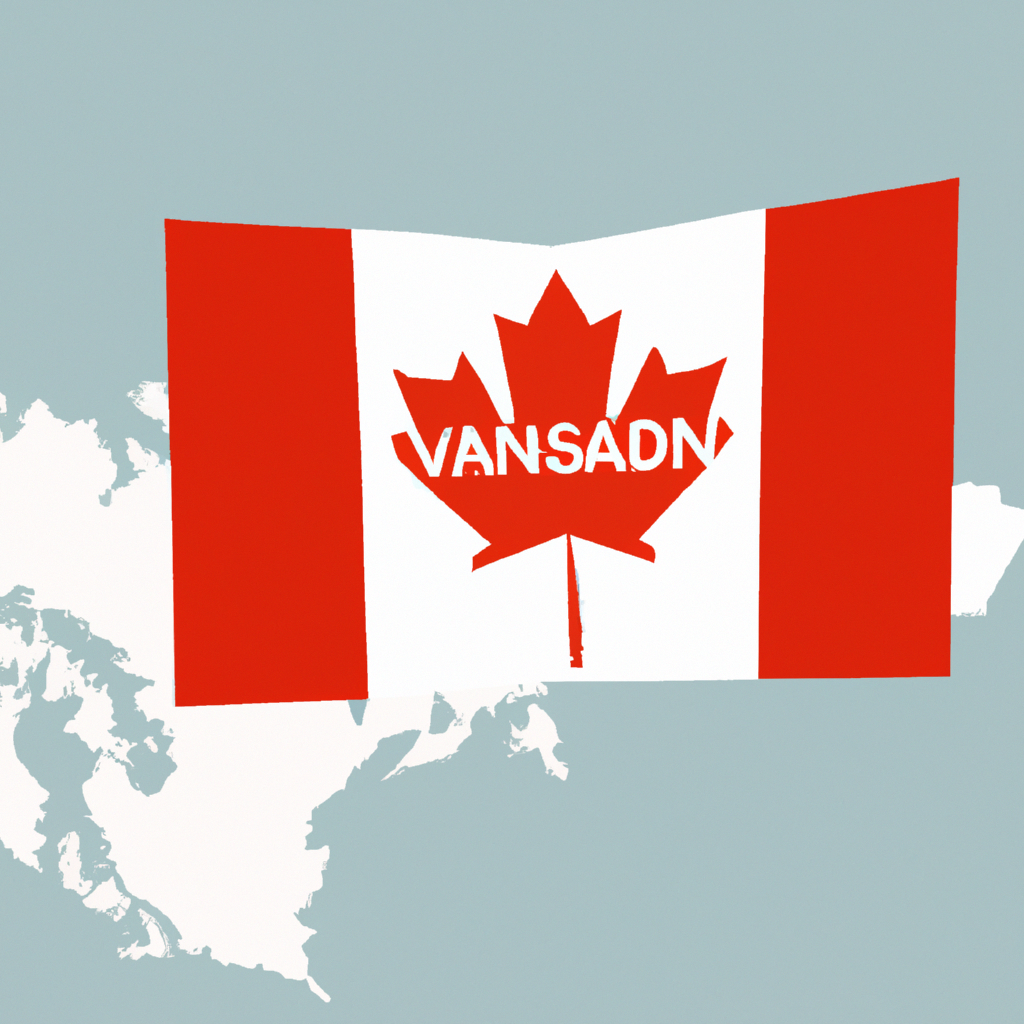
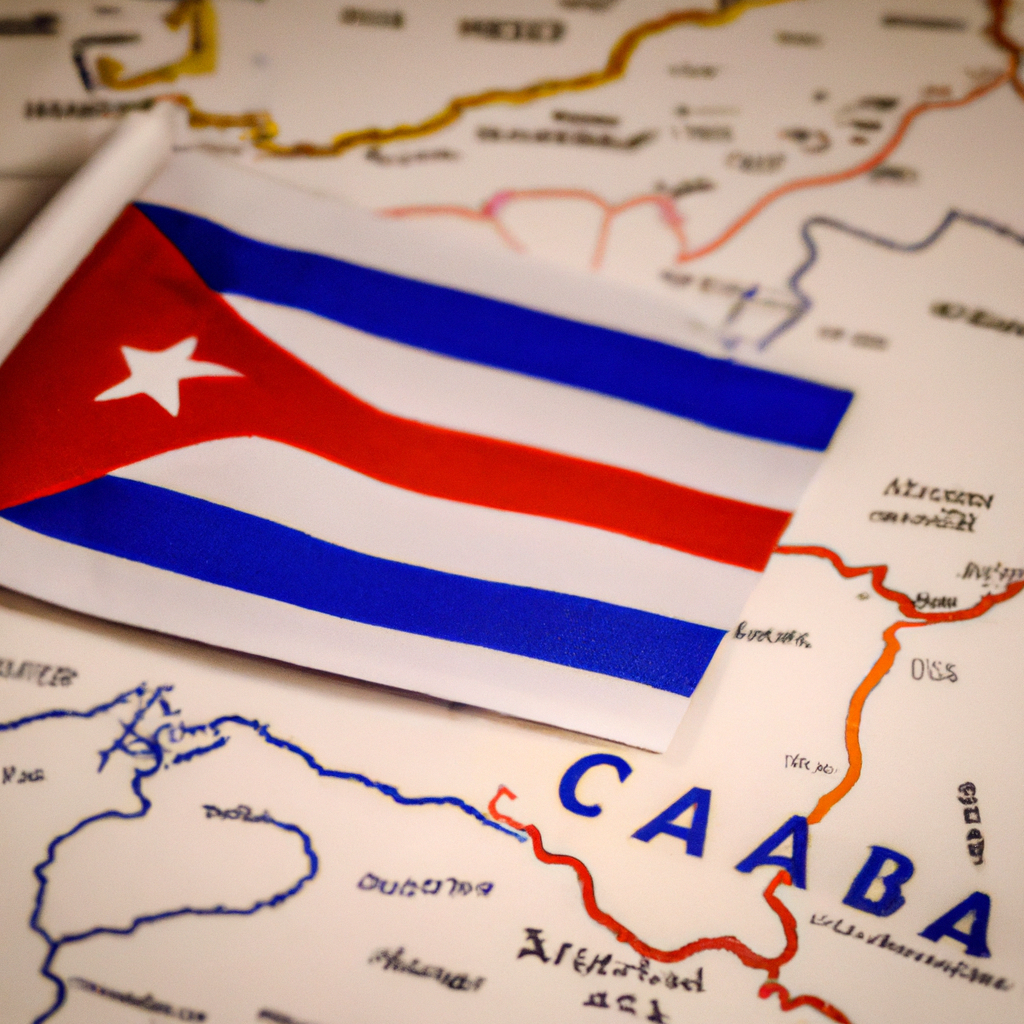
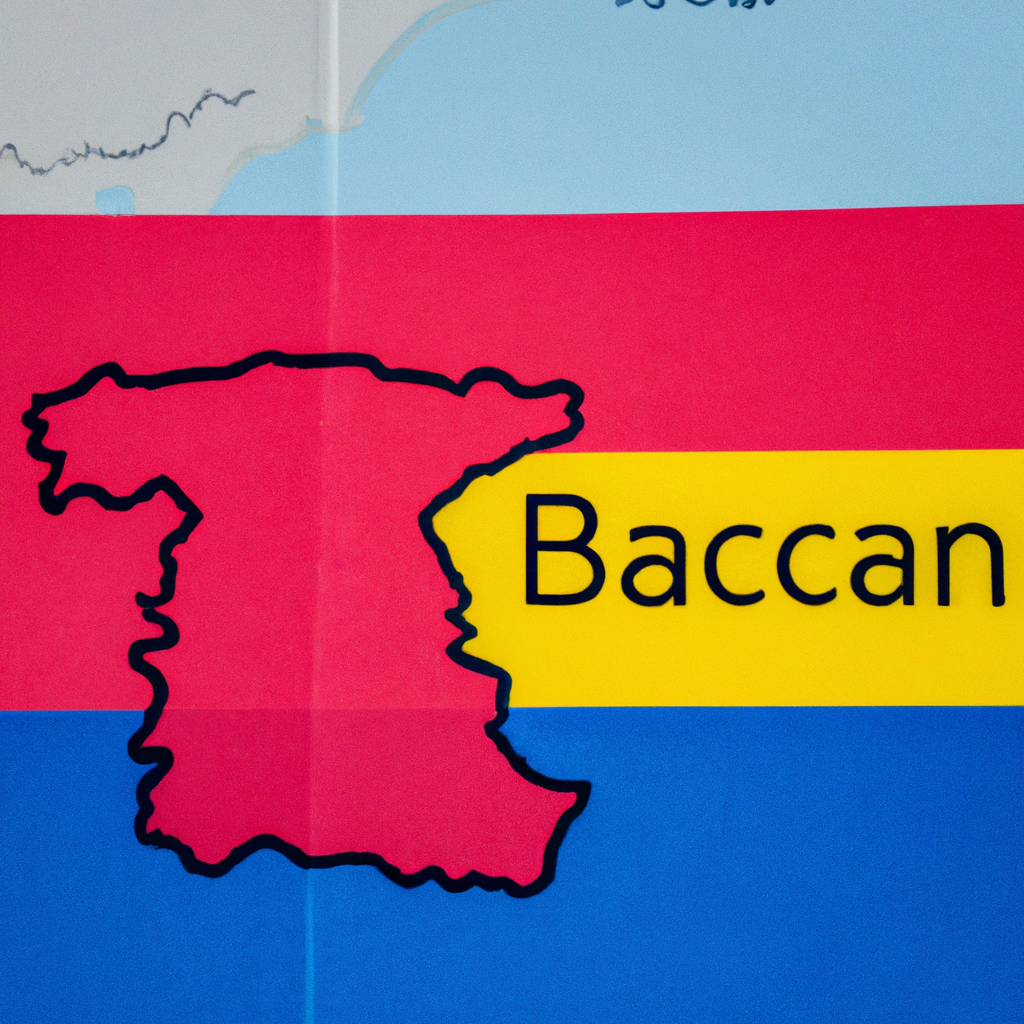

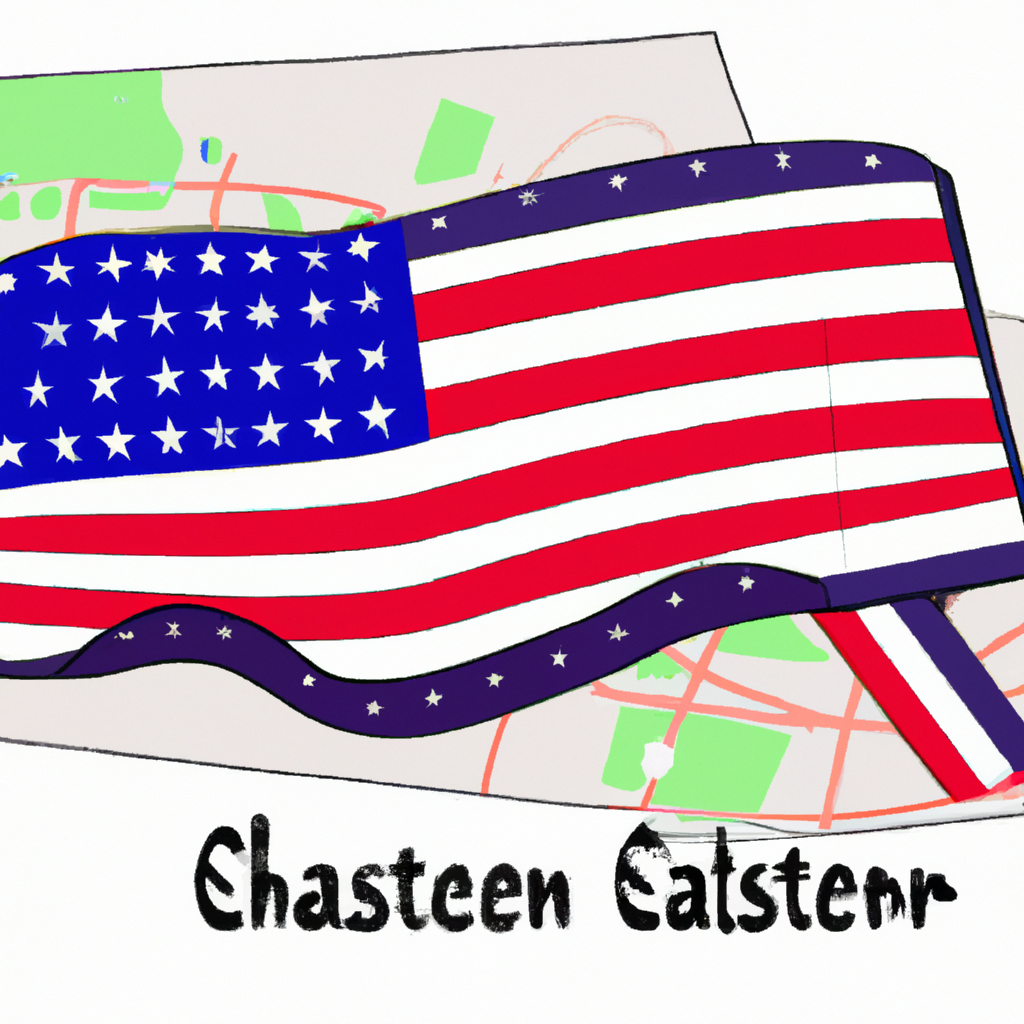
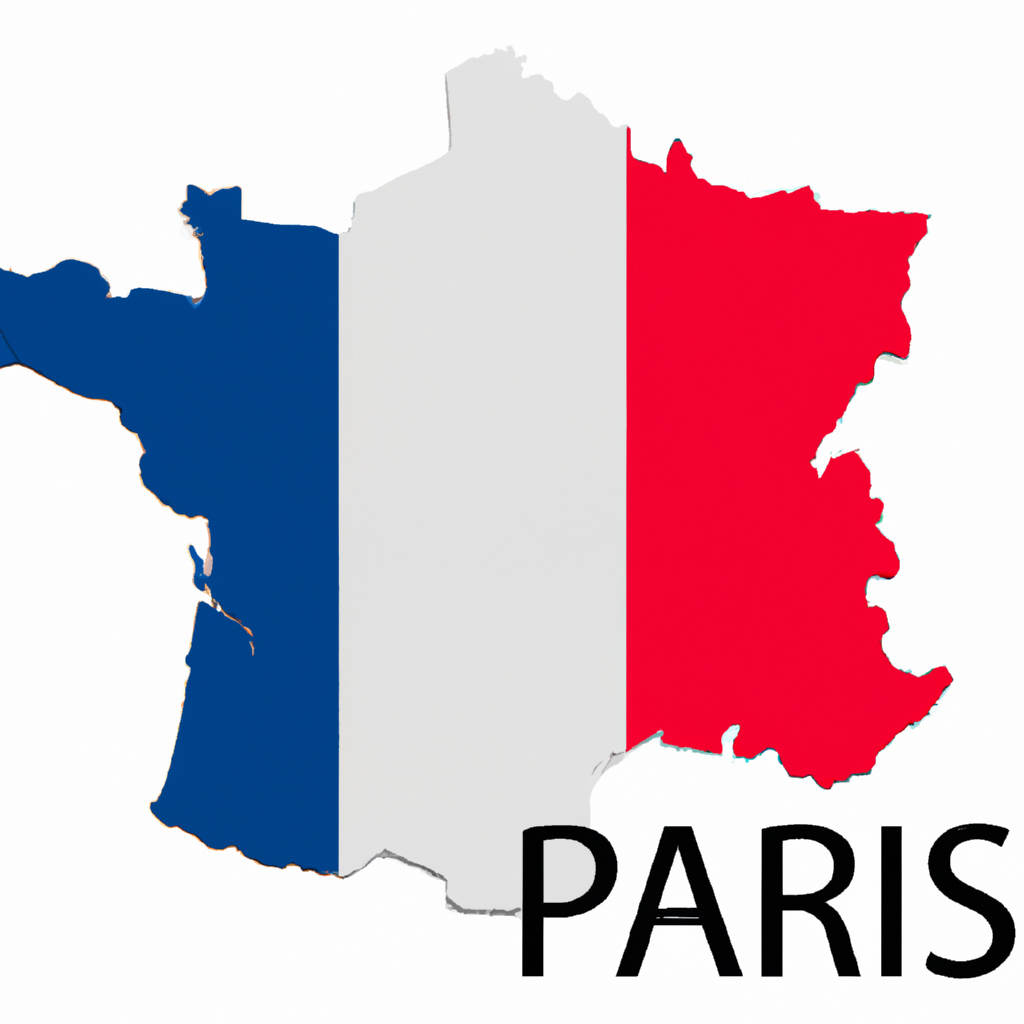
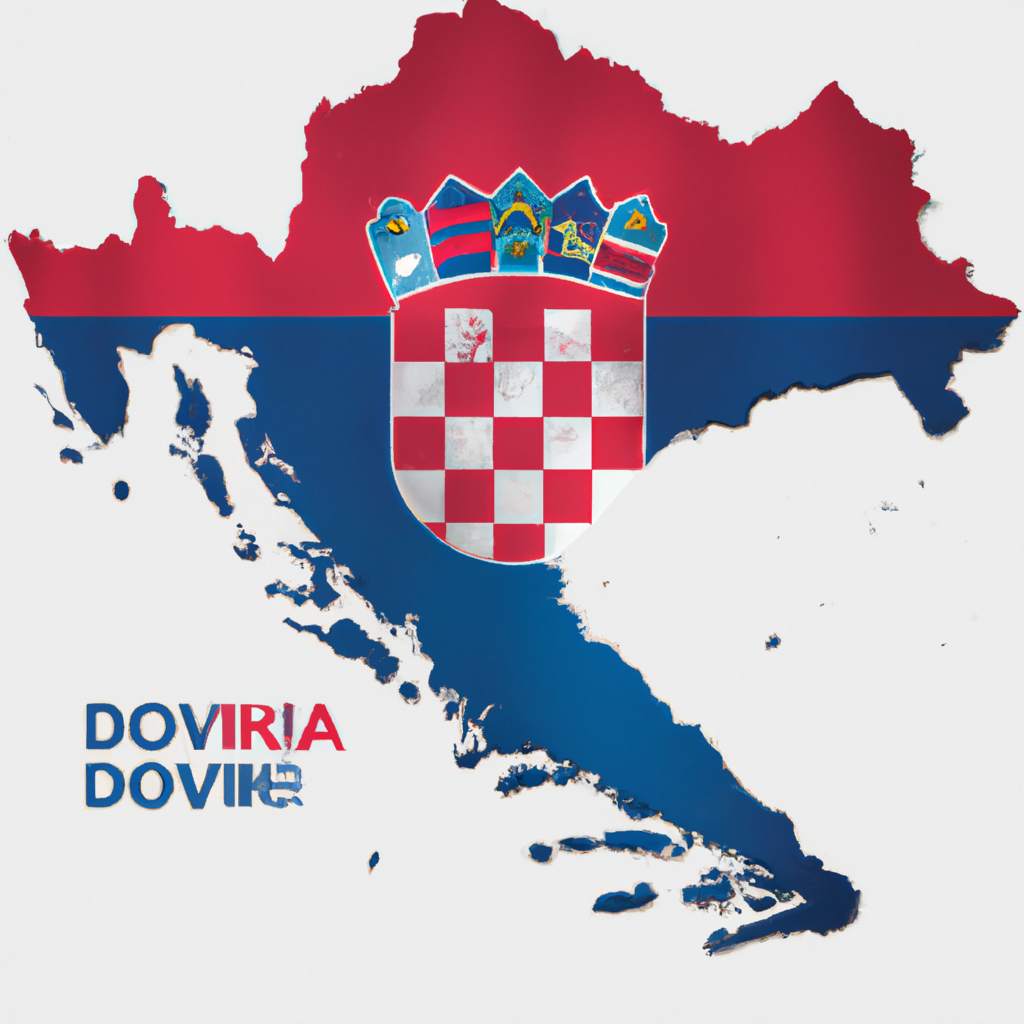



.jpg)





